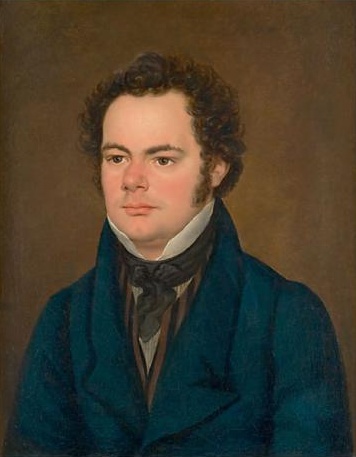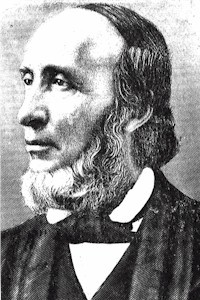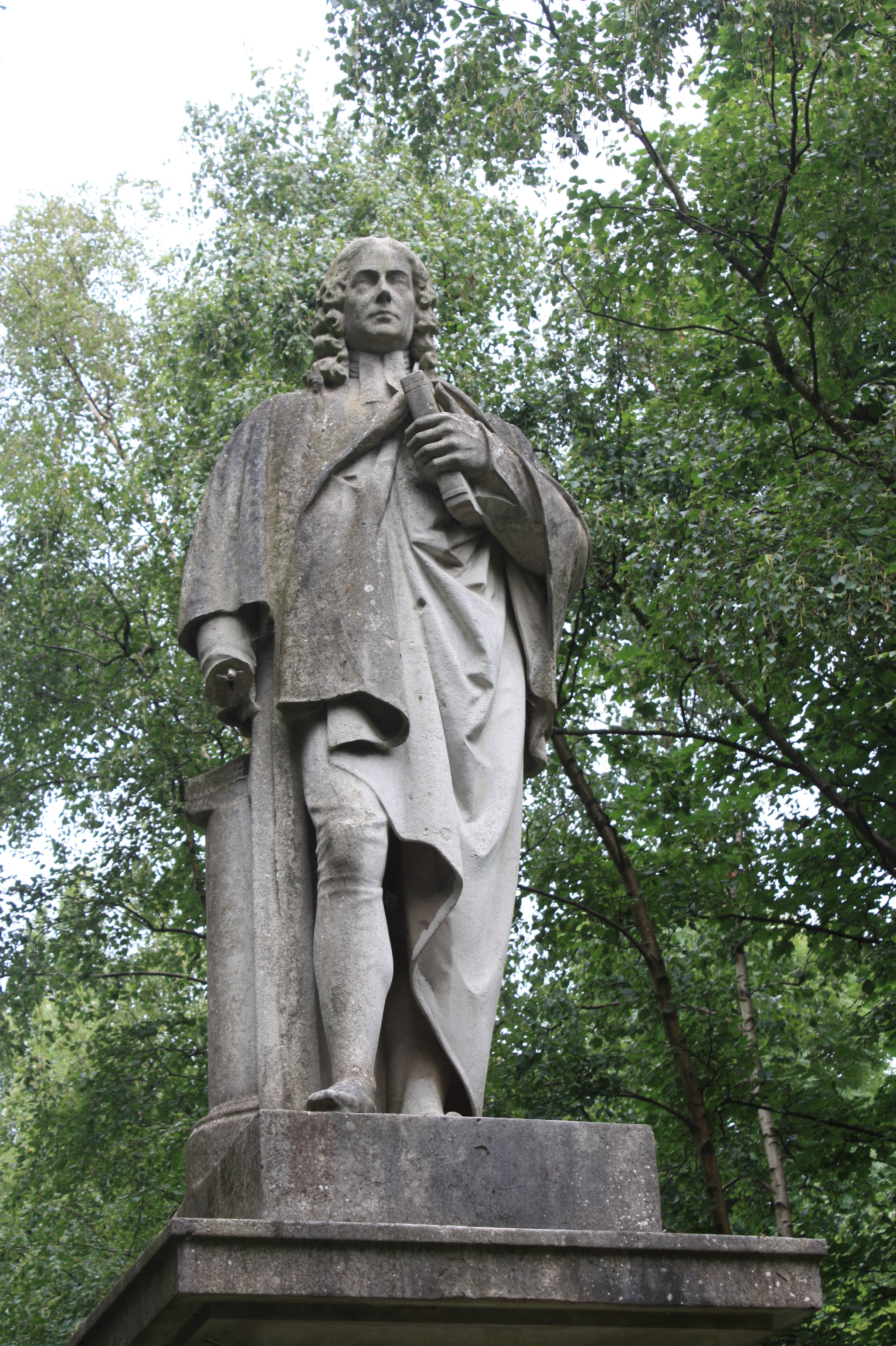|
Christmas Present (Andy Williams Album)
''Christmas Present'' is the third Christmas album by American pop singer Andy Williams (and his thirty-third studio album overall) that was released in October 1974 by Columbia Records and, apart from the title track, focused strictly on traditional carols. While his previous holiday LPs were released during the run of his variety series, which ended in 1971, this album was promoted the December following its release through one of his many Christmas specials. An article titled " MOR Artists Are Ailing" in '' Billboard'' magazine's November 23, 1974, issue describes the hopes that the record company had for the album: " Columbia is releasing Andy Williams' newest LP, 'Christmas Present,' with considerable advance orders and expects it to become a holiday classic to continue the string of album winners for the artist." Williams's two previous solo Christmas LPs (''The Andy Williams Christmas Album'' and '' Merry Christmas'') reached number one on '' Billboard'' magazine's Chr ... [...More Info...] [...Related Items...] OR: [Wikipedia] [Google] [Baidu] |
Andy Williams
Howard Andrew Williams (December 3, 1927 – September 25, 2012) was an American singer. He recorded 43 albums in his career, of which 15 have been gold certified and three platinum certified. He was also nominated for six Grammy Awards. He hosted ''The Andy Williams Show'', a television variety show, from 1962 to 1971, along with numerous TV specials. ''The Andy Williams Show'' won three Emmy Awards. He sold more than 45 million records worldwide, including more than 10 million certified units in the United States. Williams was active in the music industry for over 70 years until his death from bladder cancer in 2012, at the age of 84. Early life and education Williams was born in Wall Lake, Iowa, to Florence (''née'' Finley) and Jay Emerson Williams, who worked in insurance and the post office. While living in Cheviot, Ohio, Williams attended Western Hills High School in Cincinnati, Ohio. He finished high school at University High School, in West Los Angeles, because of hi ... [...More Info...] [...Related Items...] OR: [Wikipedia] [Google] [Baidu] |
Billboard 200
The ''Billboard'' 200 is a record chart ranking the 200 most popular music albums and EPs in the United States. It is published weekly by '' Billboard'' magazine and is frequently used to convey the popularity of an artist or groups of artists. Often, a recording act will be remembered by its " number ones", those of their albums that outperformed all others during at least one week. The chart grew from a weekly top 10 list in 1956 to become a top 200 list in May 1967, and acquired its current name in March 1992. Its previous names include the ''Billboard'' Top LPs (1961–1972), ''Billboard'' Top LPs & Tape (1972–1984), ''Billboard'' Top 200 Albums (1984–1985) and ''Billboard'' Top Pop Albums (1985–1992). The chart is based mostly on sales – both at retail and digital – of albums in the United States. The weekly sales period was originally Monday to Sunday when Nielsen started tracking sales in 1991, but since July 2015, tracking week begins on Friday (to coinc ... [...More Info...] [...Related Items...] OR: [Wikipedia] [Google] [Baidu] |
Franz Schubert
Franz Peter Schubert (; 31 January 179719 November 1828) was an Austrian composer of the late Classical and early Romantic eras. Despite his short lifetime, Schubert left behind a vast ''oeuvre'', including more than 600 secular vocal works (mainly lieder), seven complete symphonies, sacred music, opera Opera is a form of theatre in which music is a fundamental component and dramatic roles are taken by singers. Such a "work" (the literal translation of the Italian word "opera") is typically a collaboration between a composer and a libr ...s, incidental music, and a large body of piano and chamber music. His major works include "Erlkönig (Schubert), Erlkönig" (D. 328), the Trout Quintet, Piano Quintet in A major, D. 667 (''Trout Quintet''), the Symphony No. 8 (Schubert), Symphony No. 8 in B minor, D. 759 (''Unfinished Symphony''), the Symphony No. 9 (Schubert), "Great" Symphony No. 9 in C major, D. 944, the String Quintet (Schubert), String Quintet (D. 956), ... [...More Info...] [...Related Items...] OR: [Wikipedia] [Google] [Baidu] |
Ellens Dritter Gesang
"" ("", D. 839, Op. 52, No. 6, 1825), in English: "Ellen's Third Song", was composed by Franz Schubert in 1825 as part of his Op. 52, a setting of seven songs from Walter Scott's 1810 popular narrative poem ''The Lady of the Lake'', loosely translated into German. It is one of Schubert's most popular works. Beyond the song as originally composed by Schubert, it is often performed and recorded by many singers under the title "Ave Maria" (the Latin name of the prayer Hail Mary, and also the opening words and refrain of Ellen's song, a song which is itself a prayer to the Virgin Mary), in musically simplified arrangements and with various lyrics that commonly differ from the original context of the poem. It was arranged in three versions for piano by Franz Liszt. ''The Lady of the Lake'' and the "Ave Maria" The piece was composed as a setting of a song (verse XXIX from Canto Three) from Walter Scott's popular narrative poem ''The Lady of the Lake'', in a German translation by ( ... [...More Info...] [...Related Items...] OR: [Wikipedia] [Google] [Baidu] |
Richard Storrs Willis
Richard Storrs Willis (February 10, 1819 – May 10, 1900) was an American composer, mainly of hymn music. His best known melody is probably the one called, simply, '' Carol''. This is the standard tune, in the United States, though not in Great Britain, of the much-loved hymn "It Came Upon the Midnight Clear" (1850), with lyrics by Edmund Sears. He was also a music critic and journal editor. Biography Willis, whose siblings included Nathaniel Parker Willis and Fanny Fern, was born on February 10, 1819, in Boston, Massachusetts. He attended Chauncey Hall, the Boston Latin School, and Yale College where he was a member of Skull and Bones in 1841. Willis then went to Germany, where he studied six years under Xavier Schnyder and Moritz Hauptmann Moritz Hauptmann (13 October 1792, Dresden – 3 January 1868, Leipzig), was a German music theorist, teacher and composer. His principal theoretical work is the 1853 ''Die Natur der Harmonie und der Metrik'' explores numerous topics, part ... [...More Info...] [...Related Items...] OR: [Wikipedia] [Google] [Baidu] |
Edmund Hamilton Sears
Edmund Hamilton Sears (April 6, 1810 – January 14, 1876) was an American Unitarian parish minister and author who wrote a number of theological works influencing 19th-century liberal Protestants. Today, Sears is primarily known as the man who penned the words to "It Came Upon the Midnight Clear" in 1849. It has been sung to two tunes, one by Richard Storrs Willis and another adapted by Arthur Sullivan from a traditional English air. Sears originally wrote the song as a melancholy reflection on his times while a minister in Wayland, Massachusetts, US. However, "It Came Upon the Midnight Clear" has since become a popular Christmas carol. Biography Born on April 6, 1810, the youngest of three sons of Joseph and Lucy (Smith) Sears, Edmund grew up on a farm within sight of the Berkshire Hills, in Sandisfield, Massachusetts. Sears attended Union College, in Schenectady, New York, where he was a member of the Delta Phi fraternity. Following graduation from Union in 1834, Sears st ... [...More Info...] [...Related Items...] OR: [Wikipedia] [Google] [Baidu] |
It Came Upon A Midnight Clear
"It Came Upon the Midnight Clear", sometimes rendered as "It Came Upon a Midnight Clear", is an 1849 poem and Christmas carol written by Edmund Sears, pastor of the Unitarian Church in Wayland, Massachusetts. In 1850, Sears' lyrics were set to "Carol", a tune written for the poem the same year at his request, by Richard Storrs Willis. This pairing remains the most popular in the United States, while in Commonwealth countries, the lyrics are set to "Noel", a later adaptation by Arthur Sullivan from an English melody. History Edmund Sears composed the five-stanza poem in common metre doubled during 1849. It first appeared on December 29, 1849, in ''The Christian Register'' in Boston, Massachusetts. Sears served the Unitarian congregation in Wayland, Massachusetts, before moving on to a larger congregation at First Church of Christ, Unitarian, in Lancaster, also known as The Bulfinch Church, for its design by Charles Bulfinch. After seven years, he suffered a breakdow ... [...More Info...] [...Related Items...] OR: [Wikipedia] [Google] [Baidu] |
Peter Wilhousky
Peter J. Wilhousky ( uk, Пітер (Петро) Вільговський; 13 July 1902 – 4 January 1978) was an American composer, music educator, and choral conductor of Rusyn descent. During his childhood he was part of New York's Russian Cathedral Boys Choir and gave a performance at the White House to President Woodrow Wilson. He was featured on several broadcasts of classical music with Arturo Toscanini and the NBC Symphony Orchestra, including the historic 1947 broadcast of Verdi's opera ''Otello''. In 1936, Wilhousky wrote a popular English version of the Ukrainian song " Shchedryk" by Mykola Leontovych and called it "Carol of the Bells". Wilhousky's 1944 choral arrangement of the "Battle Hymn of the Republic" reached #13 on the ''Billboard Hot 100'' in 1959 with the Mormon Tabernacle Choir's Grammy-winning performance, and has become "arguably the most well-known choral arrangement of a hymn or anthem in the United States." Former students As a choral director in New Y ... [...More Info...] [...Related Items...] OR: [Wikipedia] [Google] [Baidu] |
Mykola Dmytrovych Leontovych
Mykola Dmytrovych Leontovych (23 January 1921; ua, Микола Дмитрович Леонтович, link=no (); also Leontovich) was a Ukrainian composer, conductor, ethnomusicologist and teacher. His music was inspired by the Ukrainian composer Mykola Lysenko and the Ukrainian National Music School. Leontovych specialised in a cappella choral music, ranging from original compositions, to church music, to elaborate arrangements of folk music. Leontovych was born and raised in the Podolia province of the Russian Empire (now in Ukraine). He was educated as a priest in the Kamianets-Podilskyi Theological Seminary and later furthered his musical education at the Saint Petersburg Court Capella, and by means of private lessons with Boleslav Yavorsky. With the independence of the Ukrainian state in the 1917 revolution, Leontovych moved to Kyiv, where he worked at the Kyiv Conservatory and the Mykola Lysenko Institute of Music and Drama. He composed "Shchedryk" in 1904 (prem ... [...More Info...] [...Related Items...] OR: [Wikipedia] [Google] [Baidu] |
Carol Of The Bells
"Carol of the Bells" is a popular Christmas carol, with music by Ukrainian composer Mykola Leontovych in 1914 and lyrics by Peter J. Wilhousky. The song is based on the Ukrainian folk chant " Shchedryk". The music is in the public domain; Wilhousky's lyrics, however, are under copyright owned by Carl Fischer Music. The music is based on a four-note ostinato and is in time signature, with the B-flat bell pealing in time. The carol is metrically bistable, and a listener can focus on either measure or switch between them. It has been adapted for many genres, including: classical, metal, jazz, country music, rock, trap, and pop. The piece also features in films, television shows, and parodies. Background Origins The conductor of the Ukrainian Republic Capella, Oleksander Koshyts (also spelled Alexander Koshetz) commissioned Leontovych to create the song based on traditional Ukrainian folk chants, and the resulting new work for choir, "Shchedryk", was based on four no ... [...More Info...] [...Related Items...] OR: [Wikipedia] [Google] [Baidu] |
O Little Town Of Bethlehem
"O Little Town of Bethlehem" is a Christmas carol. Based on an 1868 text written by Phillips Brooks, the carol is popular on both sides of the Atlantic, but to different tunes: in The United States, to "St. Louis" by Brooks' collaborator, Lewis Redner; and in the United Kingdom, Canada, and Ireland to "Forest Green", a tune collected by Ralph Vaughan Williams and first published in the 1906 ''English Hymnal''. Words The text was written by Phillips Brooks (1835–1893), an Episcopal priest, then rector of Church of the Holy Trinity, Philadelphia and later of Trinity Church, Boston. He was inspired by visiting the village of Bethlehem in the Sanjak of Jerusalem in 1865. Three years later, he wrote the poem for his church, and his organist Lewis Redner (1831–1908) added the music. Music St Louis Redner's tune, simply titled "St. Louis", is the tune used most often for this carol in the United States.Louis F. Benson,O Little Town of Bethlehem. ''Studies Of Familiar Hymns'', Fir ... [...More Info...] [...Related Items...] OR: [Wikipedia] [Google] [Baidu] |
Isaac Watts
Isaac Watts (17 July 1674 – 25 November 1748) was an English Congregational minister, hymn writer, theologian, and logician. He was a prolific and popular hymn writer and is credited with some 750 hymns. His works include "When I Survey the Wondrous Cross", "Joy to the World", and "Our God, Our Help in Ages Past". He is recognized as the "Godfather of English Hymnody"; many of his hymns remain in use today and have been translated into numerous languages. Life Watts was born in Southampton, Hampshire, England, in 1674 and was brought up in the home of a committed religious nonconformist; his father, also Isaac Watts, had been incarcerated twice for his views. Watts had a classical education at King Edward VI School, Southampton, learning Latin, Greek, and Hebrew. Watts displayed a propensity for rhyme from an early age. He was once asked why he had his eyes open during prayers, to which he responded: He received corporal punishment for this, to which he cried: Watts co ... [...More Info...] [...Related Items...] OR: [Wikipedia] [Google] [Baidu] |






